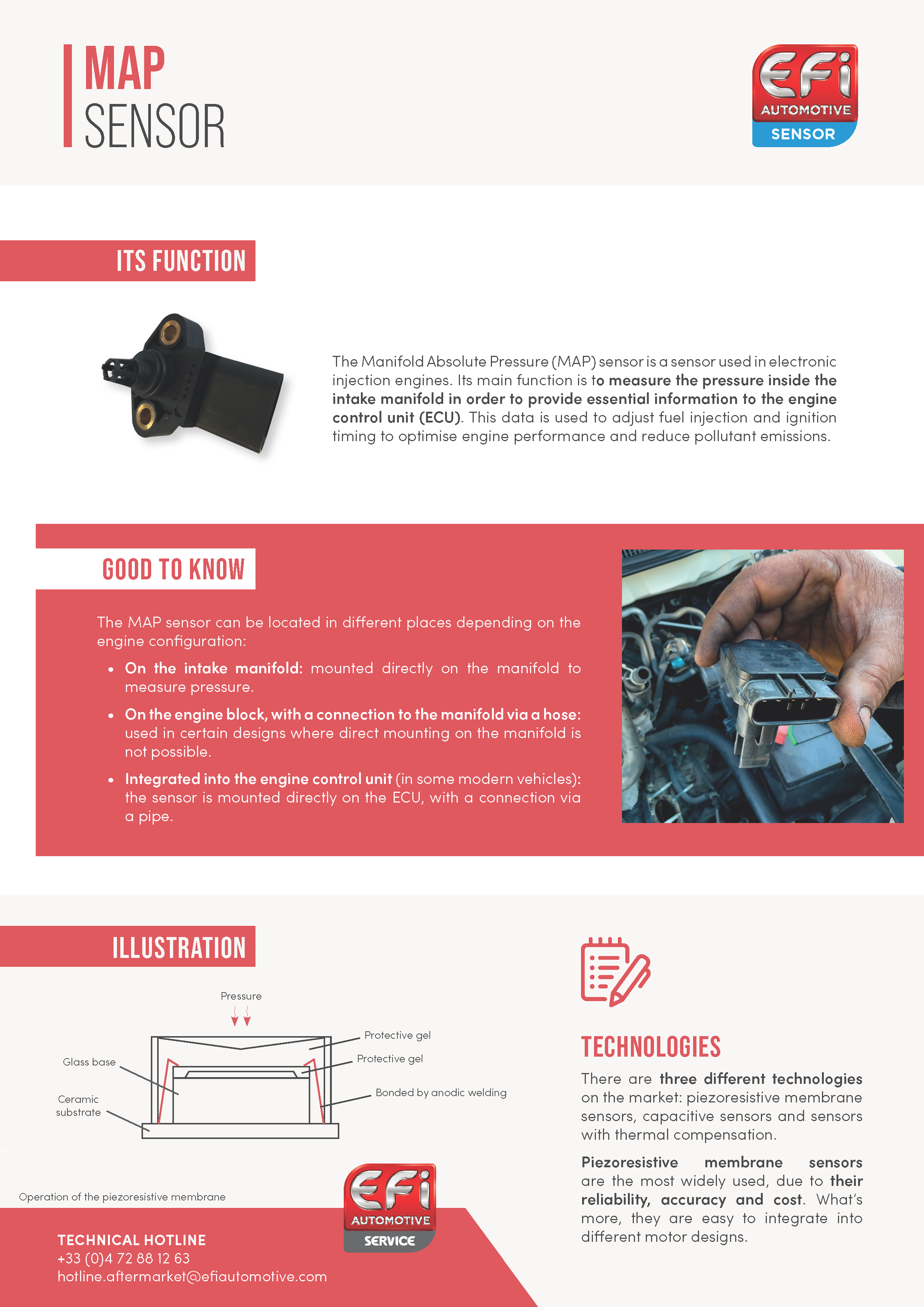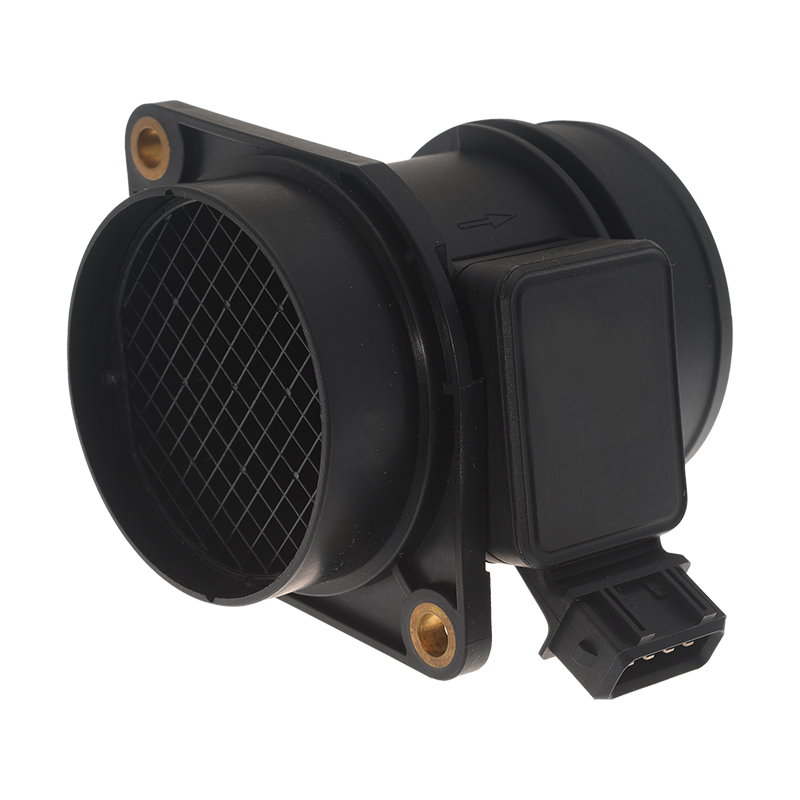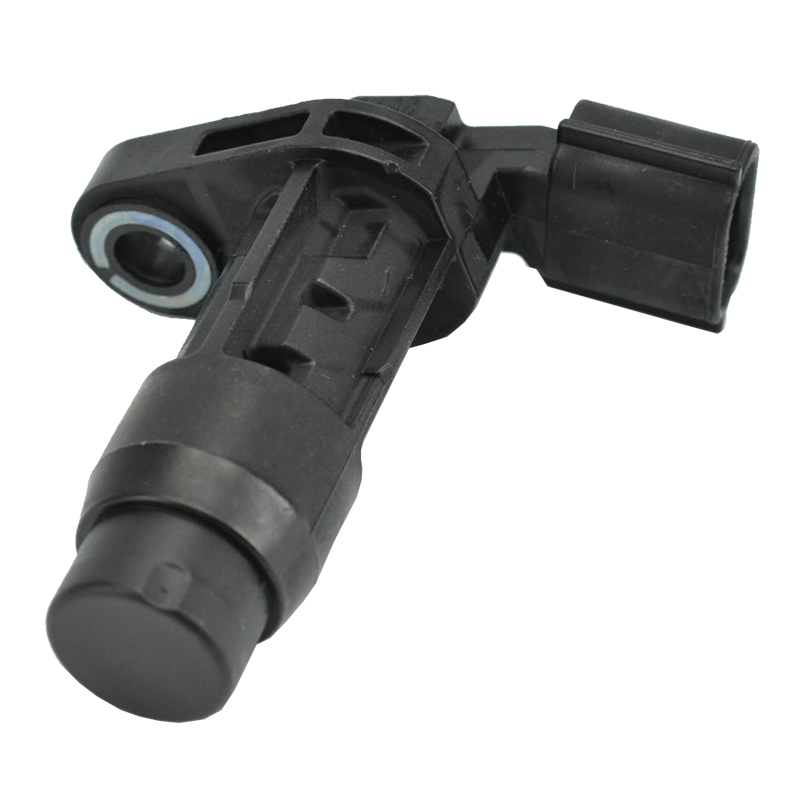As the boost pressure sensor plays a key role in your car’s injection system, a faulty MAP sensor can disrupt it. You can identify problems with the MAP sensor by observing symptoms such as excessive fuel consumption and loss of engine power, as well as misfiring. Problems can also occur when starting the car: as the engine fault signal lights up on the dashboard. Finally, a faulty MAP sensor will result in a failed intake test at the roadworthiness test.
However, as these symptoms may also indicate a problem with another part of the injection system, only a diagnosis will ensure that the MAP sensor is indeed faulty.


















